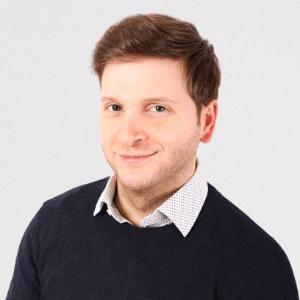Title : Effects of fascial manipulative treatment on bone tissue
Abstract:
The article explores the intricate relationship between manipulative treatment, bone tissue elasticity, and its consequential impact on athletic performance. The comprehensive study begins by elucidating the composition of bone tissue, highlighting its vascularized and innervated nature, and the role played by specialized cells such as osteoblasts, osteoclasts, and osteocytes. Emphasis is placed on the mechanical properties of bones, with a particular focus on stiffness, strength, and strain distribution. The article delves into the general architecture of the lower limb, considering curvatures and their influence on space between bones in extreme flexion.
A pivotal aspect of the research investigates whether bone tissue can be considered part of the fascial continuum. Drawing on recent perspectives, the authors propose a broader definition of the fascial system, incorporating bone tissue as a vital component. This re-evaluation considers the microscopic anatomical continuity, embryological origins, and meccano-metabolic responses of bone and fascial tissues.
Hence, the research introduces a manipulative treatment approach applied to the lower limb bones, aiming to enhance bone elasticity and subsequently improve jumping performance. A detailed methodology section outlines the sample selection, including a randomized double-blind division into supervised and treated groups. The standing long jump serves as the primary athletic test to evaluate performance changes.
Results demonstrate a significant improvement in the standing long jump distance in the treated group (3.67% increase), while the control group exhibited a decrease (1.119%). The discussion section contextualizes these findings within the realm of sports medicine, suggesting new avenues for improving athletic performance and preventing injuries. The authors acknowledge limitations, such as the relatively small sample size and the focus on a single type of athletic test, calling for future research to validate and extend these results.
In conclusion, this research offers a nuanced exploration of the manipulative treatment's effects on bone tissue and its potential implications for enhancing athletic performance. The findings provide valuable insights for sports medicine, opening avenues for further investigation and application in diverse athletic contexts.
What will audience learn from your presentation?
(Try to list 3-5 specific items)
- Explain how the audience will be able to use what they learn?
The audience will learn about the importance and complexity of the skeletal system, often overlooked. Physiotherapist attendees will gain new treatment insights, while physicians will enhance their knowledge by learning about additional possible approaches. - How will this help the audience in their job?
See previous answer. - Is this research that other faculty could use to expand their research or teaching?
Of course. - Does this provide a practical solution to a problem that could simplify or make a designer’s job more efficient?
Certainly, physiotherapist and osteopath colleagues can achieve better work-related outcomes. - Will it improve the accuracy of a design, or provide new information to assist in a design problem?
I don't believe so. - List all other benefits.
New assessment insights;
New treatment insights;
Greater understanding of bone physiology;
Improved work for colleagues working in sports organizations.




